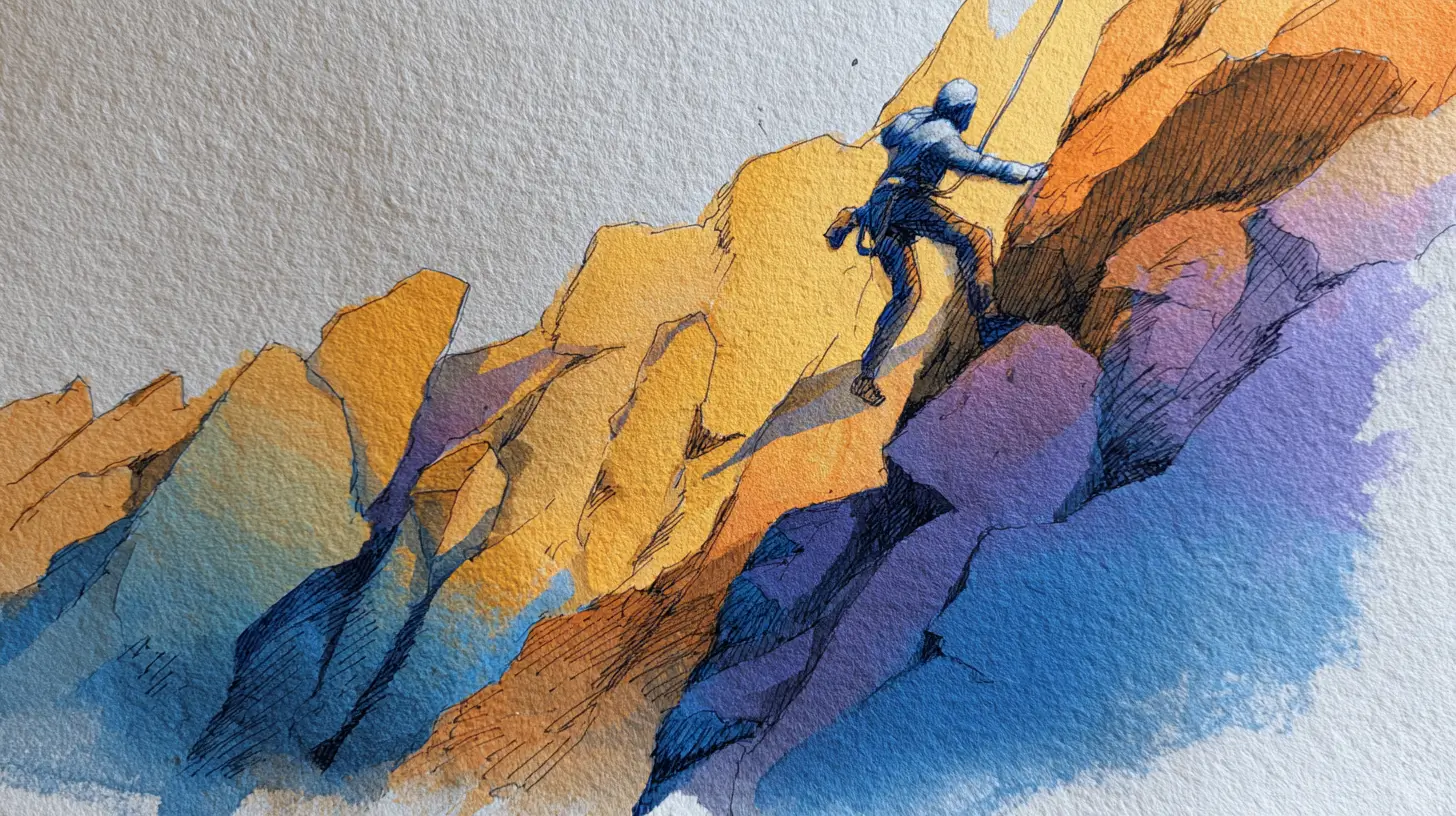Trying skiing for the very first time can feel equal parts exciting and nerve-wracking. It’s not unusual to worry about falling over or struggling with the gear, but once you’ve had a go, most people quickly discover why so many keep coming back to the slopes year after year. Whether you’re planning an alpine trip or fancy trying an indoor slope closer to home, here are a few things worth knowing before you clip into your first pair of skis.
Try Indoor Skiing First
If the thought of heading straight onto a mountain feels a bit overwhelming, indoor skiing is a brilliant place to start. The controlled environment makes it easier to focus on the basics without worrying about busy slopes or unpredictable weather. You’ll usually have an instructor on hand to guide you through simple skills like how to stop, turn, and balance. Even a single session can give you a good feel for the skis and help build confidence before your first outdoor adventure.
What to Wear for Your First Lesson
Comfort really does make a difference when you’re learning, so kit yourself out properly. Think in terms of layers: a thermal or moisture-wicking base layer to keep you dry, something warm like a fleece in the middle, and a waterproof jacket and trousers over the top. Avoid cotton socks. Ski-specific socks are worth it, as they keep your feet warm without soaking up moisture. Gloves, goggles, and a helmet are essentials too. The good news is you don’t need to buy everything right away. Most slopes have rentals for skis, boots, and poles, which saves money until you’re sure you’re hooked.
What to Expect in a Ski Lesson
Your first lesson won’t be about racing from the top of the slope. It usually begins with getting used to the gear. Walking in ski boots feels strange at first, and clipping into the skis takes a little practice. After that, you’ll move on to sliding, stopping, and making your first turns. It might feel awkward for the first hour or two, but that’s all part of the process. Everyone falls, everyone wobbles, and nobody looks graceful at the very beginning. The important part is building confidence bit by bit.
Pace Yourself
It’s tempting to want to “get good” quickly, but don’t put too much pressure on yourself. Short, regular sessions are far more effective than trying to cram everything into one exhausting day. Take breaks when you need them, listen to your instructor, and give yourself time to find your rhythm. Skiing is much easier to enjoy once you relax into it.
A Few Words on Etiquette and Safety
Like any shared activity, skiing comes with a few unspoken rules. Always keep an eye on the skiers below you, never stop in the middle of a run, and try to keep your speed under control, especially when you’re still learning. Falling over is part of the learning curve, but instructors will often show you how to fall safely to avoid unnecessary bumps and bruises.
Stay on beginner slopes until you’re genuinely ready to move on. There’s no rush, and you’ll progress much faster if you build up slowly rather than scaring yourself too early.
Moving Outdoors
Once you’re comfortable indoors, that’s when things get exciting. A mountain slope offers more space, fresh air, and a proper taste of skiing. But don’t feel you have to rush there straight away. If you’d rather keep practising indoors for a while, that’s perfectly fine. The truth is, skiing is a journey. The first slides might feel clunky, but every session gets easier and more fun. Before long, that strange, awkward feeling disappears, and you’ll find yourself gliding with a huge grin on your face. And that’s the moment most people fall in love with the sport. So take your time, enjoy the process, and remember, everyone starts as a beginner.






